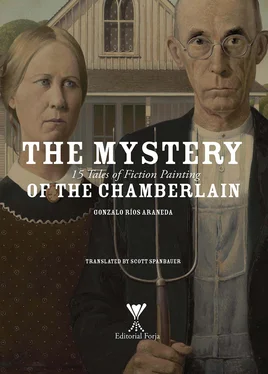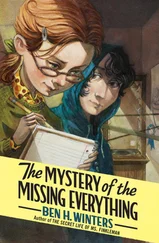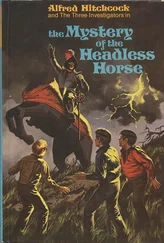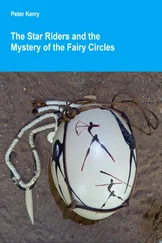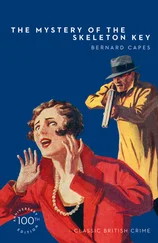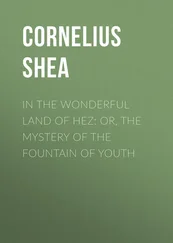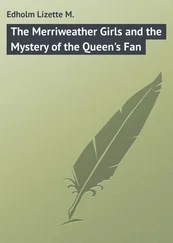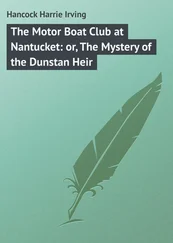“Brother Cándido who is prohibited from speaking told me that,” said his guide.
Brother Anselmo awaited him sitting on the side of his bed, wrapped in an old, unwashed cassock, whose color resembled that of pottery clay. The painter marveled at the scene and at the venerable old man’s disposition. The semi-dark room, no wider than four paces in each cardinal direction, smelled of confinement and a strange mix of sulfur and incense; and the sun set dimly through a narrow skylight window set high in the wall. On an old nightstand, next to a Bible, could be seen a small milk-glass flask whose attached label read in Latin lettering: sulfur dioxide, a salve used as a diuretic and for gout pain. Next to the holy book, a pair of pince-nez glasses, crudely set in a wooden frame and with handles each ending in an index-finger sized circle necessary for setting them upon the nose, revealed the old man’s noticeable far-sightedness.
A wooden crucifix with a mother-of-pearl figure of the Redeemer presided over the monk’s ancient bed covered by a dark-gray quilt. Close by, a rough wooden table and two chairs bespoke a long-running burden of chat and reflection. Perhaps encouraged by those memories, the priest received his young visitor with interest, and surprisingly, a bridge of affection appeared to stretch out between them.
Despite his precarious state, the old man was easily able to manage the long conversation with young Giotto and answered every question he asked him about the saint. He noted that the old man was transfigured when speaking of him, and half-closed his eyes as if prejudging whether the young man was worthy of hearing about his miracles. He was deeply moved by the story of the stigmata of Christ on the dead body of Saint Francis, which according to the old man, caused a commotion never before seen in Assisi.
The old man spared no effort in recalling details that astonished the painter, not only for the clarity with which he expounded them, but also for the control he appeared to have over his memory. But there was a moment when the priest broke down, and it was when he recalled the details of his death. “Lord, the presence of Christ dwelled in him…in his wounds, in his blood. Oh, my God!” the monk exclaimed.
“Cesco used to tell us that he had, in his life, only two roads to travel in this world: the one rising up to God in order to adore him, and the other descending to his fellow man in order to serve him” the old man told him, eyes dewy from a few scant tears.
While the holy man reminded him of the sermon that Saint Francis delivered to the birds in the orchard of Porziuncola, Giotto pondered the issue of the immutability of sacred images and the unavoidable link between the sacred and nature. For him, those birds represented drawing out the spirit of piety from the temple, free from any interference by power or imposition. Thankful for his good fortune, the maestro left that afternoon with the sensation of having entered into an intense and moving friendship with Cesco. After noticing a decline in the priest’s strength, Giotto decided to bring his first day’s visit to an end; and the old man himself concurred, promising him that they would see each other again the following day.
As he walked along the corridors toward the way out, the painter thought that the porter had been correct, because the old man overcame by a wide margin any doubts as to his lucidity.
The maestro di Bondone returned for the following day’s appointment with renewed enthusiasm. When he entered the Franciscan’s cell, he saw with satisfaction that all was as it had been the previous afternoon. He hadn’t noticed the presence of a youth whom the old man, somewhat awkwardly, hastened to introduce to him. Without allowing his emotions to be revealed, Giotto believed he recognized him as one of the politicians who in the past used to visit his master’s studio. The same one who, during his childhood, he crossed paths with on the playground.
“I’m going to introduce you to someone whom, surely, you know through his work, but perhaps not personally. I’m talking about signor Alighieri, author of an odd book that has been making the rounds about here, La Vita Nuova ” he said, looking at the visitor mockingly. In any case, aware of your visit, he took it upon himself to come in order to meet with you. You’ll have to ask him the reason yourself.
Young Giotto felt that fate obliged him to partake in an experience he would otherwise have gladly avoided, not out of selfishness, but due rather to his abject fear at seeing his conversation time with the priest reduced. The interloper is signor Alighieri, known as Dante, who, knowing the assignment the painter has received, has used his connections in order to get to the Abbey and be present at the interview. The monastery head’s stern face seemed to fade in Giotto’s mind, but he pursed his lips, as he often did when something annoyed him. Meanwhile, the old man appeared somewhat nervous, aware of how uncomfortable the younger man’s presence must be. Then, moving toward both men, he explained that signor Alighieri had presented his request for several noble reasons, to which he could not object, such as revealing the life and deeds of his revered friend Saint Francis. The young poet, seeing that his presence produced such tension in both men’s spirits, and that he was clearly embarrassing the old man, tried to calm the situation by pointing out that he had stayed away the previous day in order to not hinder the painter, whom he had known of for many years, in his nascent research.
Giotto knew that the young man belonged to the Council that elected the members of the Priory, because, for some reason, he had always kept an eye on his progress. Nevertheless, his investiture struck him as impressive, given that he himself was a distant and withdrawn man, far removed from the pomposity that tends to surround politicians. He realized that the monk was well aware of the recent arrival’s titles, because his manner of speaking appeared much more serious and affected than it had been with him the day before. He was thinking of that when again the visitor broke the silence to explain that the fact of the friar’s existence languished within the abbey undiscoverable to the world such that “if this confluence of events had not come about, we would never have come to know of Brother Anselmo, may God bless him.” He added that his actions were consistent with a commitment that tied him to the saint’s secrets; and claimed he had feared that the long-lived elder —due to his advanced age and precarious state of health— might never leave his cell again. Therefore, he had begged to be given this opportunity, through the good offices of the Father Abbot.
“But sir, you are keeping us in suspense still about the nature of your interest in talking with Father Anselmo” Giotto dared to object.
“Well,” answered the poet, “seeing as extraordinary events come together in the saint’s life, the existence of this witness within the abbey aroused my deepest desires.”
Immediately thereafter, he made the point that, as the matter had to do with his research into the fate of the human soul, he had felt the need to insist upon privilege, although he knew that his gesture could be deemed unfortunate and alien to the most minimal obligations of courtesy. These words sufficed for the atmosphere to ease among the three men. The first to offer an invitation to share the bread of knowledge so urgently sought was the painter, whom the unexpected visitor had ended up winning over, the former not knowing whether to attribute this to the deliberateness of the poet’s speech or to the mysterious attraction his presence radiated. In no time, he surprised them with his knowledge of Saint Francis. He remembered, for example, his vision of the chariot of fire in Rivo Torto which, carrying the saint, flew back and forth above the eleven monks who awaited him in prayer. It was a feat known throughout the region and made it even as far as the city of Rome, where the marvel was seen as a sign of divine acquiescence of the new Franciscan brotherhood.
Читать дальше
